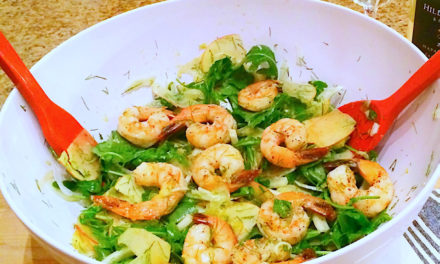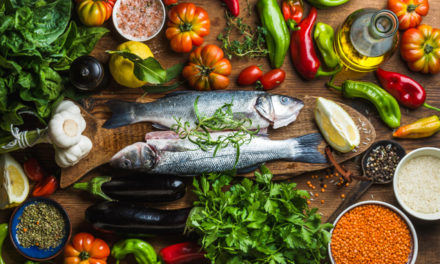The start of a new school year is the perfect time to implement a solid strategy for snacking. Many children and adolescents eat lunch early, have limited time to eat at school, get easily distracted, or take medications that suppress their appetites and make them ravenous later.
Not so fast! Remember the Division of Responsibility with Feeding: As the parent or caregiver, you’re the nutritional gatekeeper in charge of where, when, and what meals and snacks are served. Your child is responsible for whether and how much he or she eats.
Here’s how it works…
Where and When?
For all ages, insist on a sit-down snack whenever possible, ideally with minimal distractions and multitasking. Let eating be the activity, one with a beginning and end rather than letting it continue throughout the day.
For Toddlers/Preschool…
- This age group typically needs 2-3 snacks per day, timed 2-3 hours after a meal.
- A predictable snack schedule gives finicky little ones the assurance that another meal or snack is coming.
For School-Age Children…
- This age group typically needs 2 snacks per day with a predictable schedule about 3-4 hours after a meal.
- Give children more independence by asking them to eat their snack by a certain time so they’re hungry again by the next meal.
For Teens…
- Teenagers typically need 1-2 snacks per day. Athletes likely need more based on training schedules.
- Continue to request that snacks be eaten by a certain time to promote a good appetite at the next meal.
What?
Though the word snack is often associated with treats, not-so-filling nibbles, and less-than-nutritious foods, use snack time as an opportunity to fill in nutritional gaps. Treat them like mini-meals. Take stock of what has been or will be eaten that day to decide what meets your family’s needs at the time. No produce today? Grab some fruit. Need a little calcium? Add a yogurt!
Occasionally plan fun foods into snacks, too. Taking inventory can be valuable, but snacks should depend on how much or little a child ate at the previous meal.
If you’ve got more than an hour before the next meal, offer something more substantial. Fruit alone won’t cut it! Adding some protein and/or fat makes for a more satisfying snack… and variety helps! School-age children and teens will need coaching to structure snacks appropriately. Teach them to think about balance and how long the snack needs to sustain them. Use the chart below for some ideas to get your family started.
Carbohydrate |
Protein | Fat |
|
Apple |
Cheese |
|
Banana |
Almond Butter or Sunbutter |
|
Granola |
Yogurt |
|
Cereal |
Milk |
|
Popcorn |
Chocolate Milk |
|
Pita Chips & Veggies |
Hummus |
|
Cookies |
Milk |
|
Tortilla Chips |
Guacamole |
|
Mini Bagel |
Cream Cheese |
|
Whole Grain Crackers |
Chicken or Tuna Salad |
|
Graham Crackers |
Peanut Butter |
Combinations |
|
|
Trail Mix |
|
|
Quesadilla |
|
|
½ Sandwich |
|
|
Smoothie (Yogurt and Frozen Fruit) |
|
Having a snack strategy:
- decreases the chance to use food to manage emotions or ease boredom.
- promotes easier recognition of hunger and fullness signals.
- prevents children (and adults) from coming to the table completely famished or without an appetite.
For more snack ideas, check out: Snack Ideas that Pack a Punch!
Blair Mize, MS, RDN, CSSD, LDN is co-owner of Memphis Nutrition Group, a nutrition & lifestyle counseling practice operated by registered & licensed dietitians/nutritionists. Memphis Nutrition Group believes in a non-diet approach that promotes overall health and optimal performance without compromising the enjoyment of food. For more information call Memphis Nutrition Group at 901.343.6146 or visit https://www.MemphisNutritionGroup.com.







